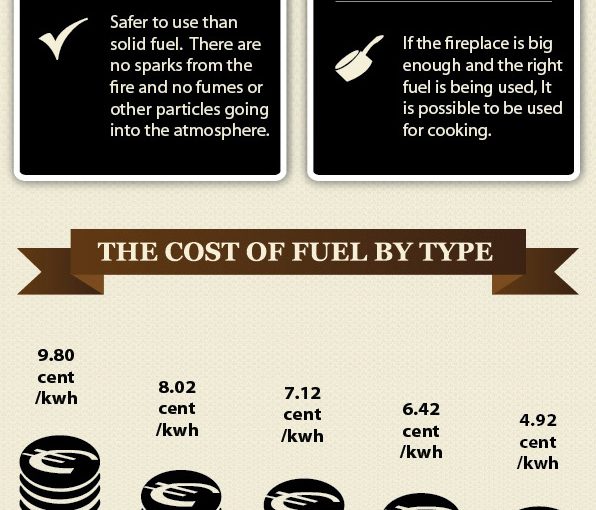Reducing your energy bill doesn’t have to require you to make significant sacrifices in the way that you live your life. Making simple changes and investing in new technologies to help you better manage your home can help you save substantially on your utility bills. Take advantage of new smart home technology and soon you’ll find that your power bill more than makes up for itself over the course of a year.
Smart Home Technology
You don’t need a complete smart home solution to benefit from smart home technology. Instead, you can just purchase a few appliances or outlets that you use most to help reduce your output. There are wall adapters that you can plug your devices into, and then you can control those devices using a mobile app. This is also helpful for when you go on vacation, and you want to create the impression that someone is still home.
Programmable Thermostat
If you would like something a little more low-key and automated, consider getting a weekly programmable thermostat. A thermostat that is digital and that you can set manually can help you automatically save money, and you can even save on the startup costs with a Discountrue coupon for AliExpress. Set the thermostat to automatically rise or fall a few degrees before you come home, and make sure it’s just the right temperature when you return.
Stock Your Refrigerator
Aim to keep your refrigerator at least 75 percent stocked to keep costs down. When you keep items in your refrigerator, they cool to the desired temperature. While the refrigerator has to work harder initially, once you cool down the items in the refrigerator, it won’t have to work as hard to maintain temperature. The same is true of your freezer. Keep ice bags or ice blocks inside your freezer to keep it full.
Use Candles in the Winter
During the winter, make use of candles to help heat up your house before you sleep at night. Surprisingly, candles are an affordable way to produce a noticeable bit of heat. There are even candle wreaths you can purchase to greatly increase the heat production. The amount of heat produced by a set of candles can offset some of the cost associated with running your heater.
Try to keep your thermostat at about 78 degrees in the summer and 68 degrees in the winter. These settings can help you get the most out of your cooling and heating system while saving you money. It’s estimated that you can shave six to eight percent off your energy bill in the summer for each degree higher than 78 you set your thermostat to.
Guest Post By:
Anica Oaks
Freelance writer and web enthusiast
Read some of my published work on my Google+ page.
















